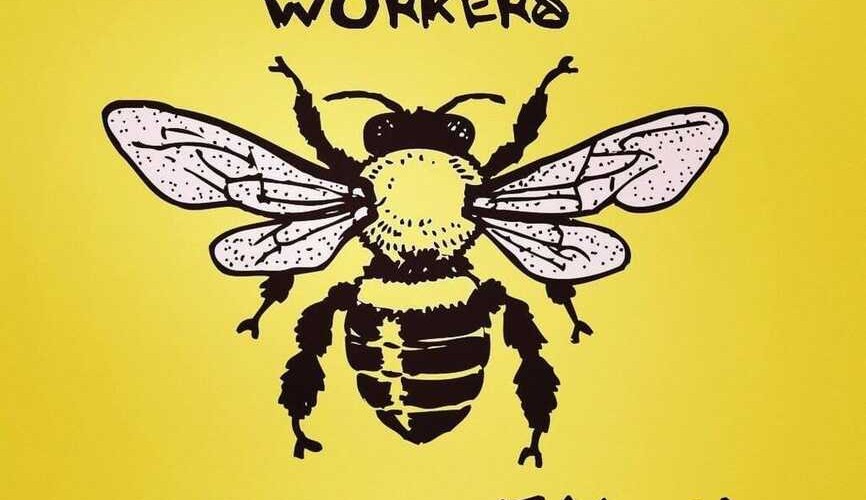
#iww ex-Nurses Aide, orderly and cleaner at public hospitals, ex-Library Assistant at public libraries, ex-tram conductor on public transport, ex-printshop, ex -revegetation, ex-grocers packer. Lived in public housing, squats and rental cooperatives.
This profile is from a federated server and may be incomplete. View on remote instance
